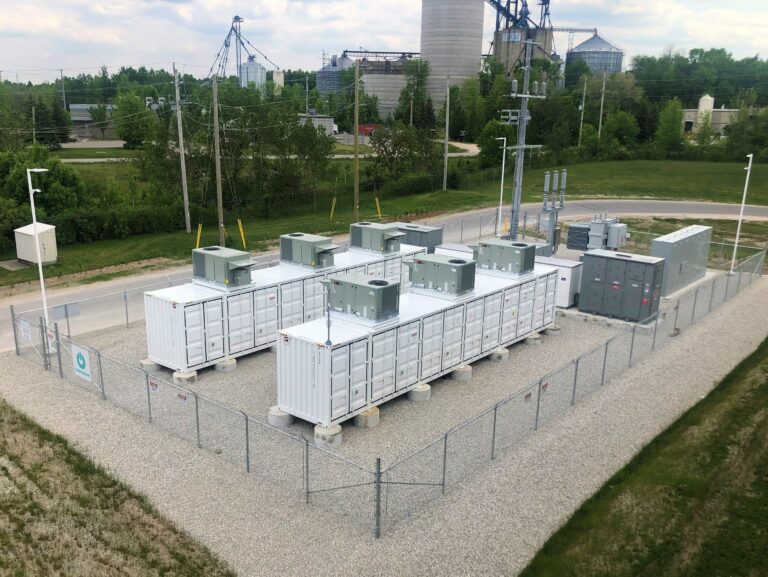Mr. Umair Nabeel, Renewable Energy and Environmental Entrepreneur
Cover Story: Citing a recent report by WEF (World Economic Forum), the list of top 5 countries which became hubs of new electric vehicle sales for the year 2020 are as follows:
1-Norway: Three quarters/75% of new vehicle sales racked up as ‘plugged in EVs’
2- Iceland: A whopping 45%, of all new vehicle sales accounted for ‘plugged in EVs’.
3- Sweden: 30% of the automobiles market, in terms of new sales accounted for ‘plugged in EVs’
4- Netherlands: 25% of all new vehicles sold were ‘plugged in EVs’.
5- Finland: 18% of all new car sales were ‘plugged in EVs’.
Now it’s worth mentioning that the transition or in other words, from policy to on ground progress timeframe is a critical factor and one we all should heed to. As a tip of the iceberg, Norway’s journey began around 2010 and the flip was approximately two years in duration. Overall, it’s been a decade in the making and I’ve mentioned this in one of my previous articles. So it’s a reference case, for governments around the world to take note of.
Global News Desk: Climate finance is a key issue & often a sticking point in the transition phase. Whilst governments around the world especially the G7 are being urged expedite cash flow, there are other alternative routes too for economies to get sizeable investment portfolios injected into their system. I’ll touch base with just a few examples, to get the concept rolling. Accure Battery Intelligence, a German company with core expertise in remote battery systems management secured their latest round of financing from its existing & a new a VC firm which now forms a troika of venture capital and private equity firms securing Accure’s financial muscle. Similarly, in Canada a company called H-Tec with business areas focused on upstream green hydrogen, secured a latest round of financing jointly, from an investment management firm & a mechanical/industrial engineering company manufacturing storage & distribution systems. In this case, the investment portfolio involves two entities poles apart when it comes to their business operations.

The United States battery storage deployments/installations across all three sectors for this year is expected to close around the $5bn mark. Which in itself is a record, setting aside expansion in previous calendar years. Q3 alone resulted in 345MW(peak power output) BESS being made operational, bulk of which were FTM(front of the meter) i.e utility/grid scale projects. The German Federal Network Agency released its latest report of ‘ innovation tenders’ . With a total of 250MW up for auction, following on from various procedural filters, 16 bids were accepted accounting for 156MW. The interesting part was that this time around, all submitted bids were ‘solar plus storage’ compared to the previous round in April earlier this year, all finalized bids which were ‘solar plus storage’ .
Moving on to Sungrow, an influential and key stakeholder when it comes to companies and commercial entities involved in solar PV systems published its H1-2021 financial results. And their lithium-ion battery storage systems is what I was primarily focused on. Revenues jumped up by 267.38% year on year which made a generous, 21.23% contribution to the company’s overall profits for the first half of 2021.
With the global EV market projected to finish the year around the 16 million mark, there is ample data on li-ion batteries & our silent assassins plugged in electric vehicles for the consumer to sift & browse through in order to hit the ground running and switch to a sustainable & environmentally friendly lifestyle.






